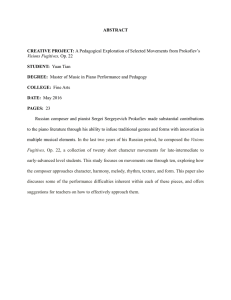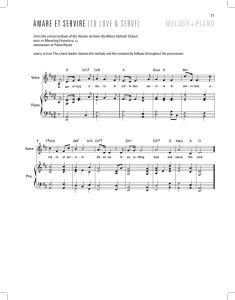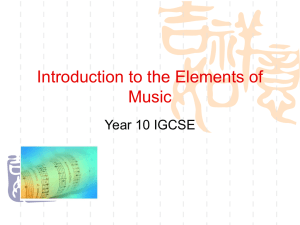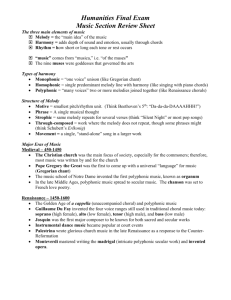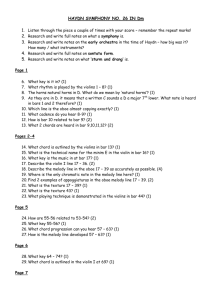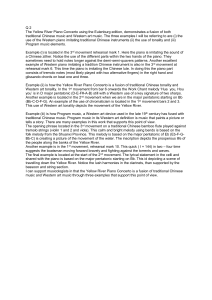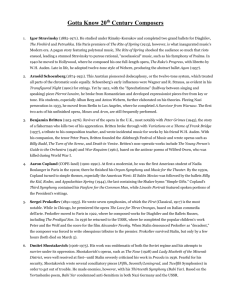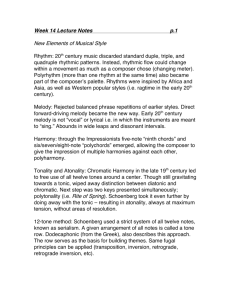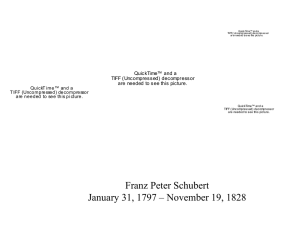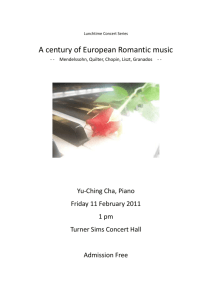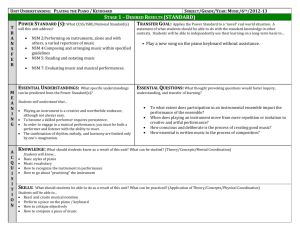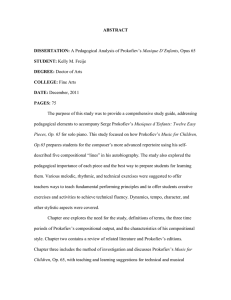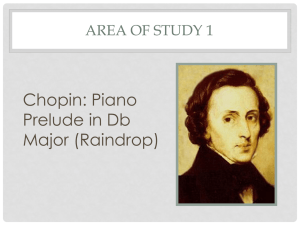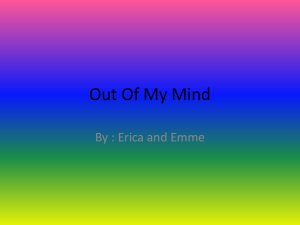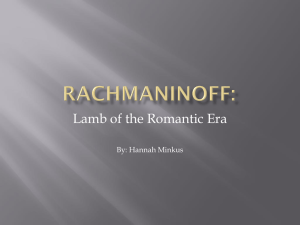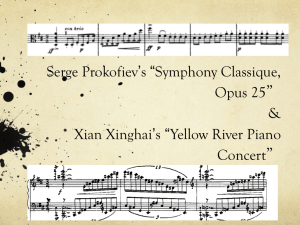A Comparison on Melody - The Spirit of Great Oak
advertisement
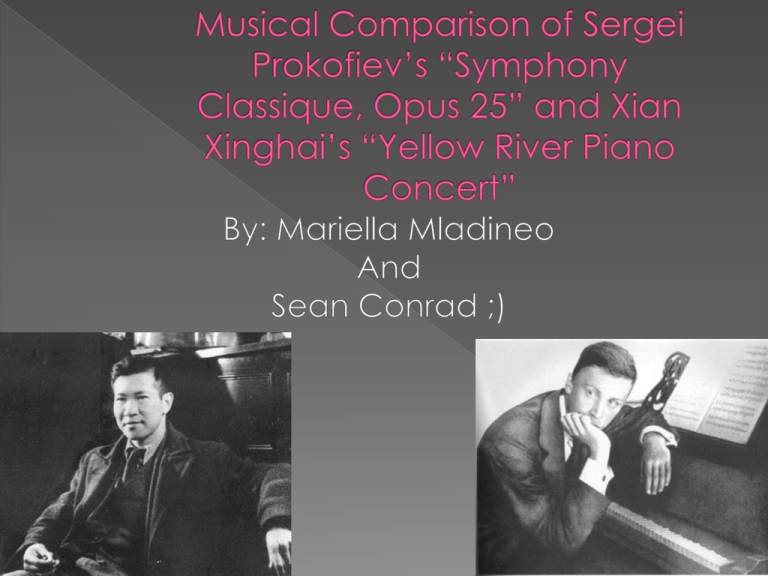
23 April 1891 – 5 March 1953 He was a Russian composer, pianist and conductor who mastered numerous musical genres and is regarded as one of the major composers of the 20th century He was inspired by hearing his mother practicing the piano in the evenings – mostly works by Chopin and Beethoven – and composed his first piano composition at the age of five, an 'Indian Gallop', which was in the Lydian mode At the age of nine he was composing his first opera, The Giant, as well as an overture and various other pieces. Beginning in 1904 he studied at the Saint Petersburg Conservatory developed a reputation as a musical rebel, while getting praise for his original compositions, which he would perform himself on the piano By 1910, he had started making a name for himself as a composer made extensive use of polytonality, created highly chromatic and dissonant works. At the premiere of one of his concertos, the audience left the hall with exclamations of “To hell with this futuristic music! The cats on the roof make better music!” He wrote most of it in 1917, finishing the work on September 10 It premiered on April 21, 1918 in Petrograd, conducted by Prokofiev himself, and has become one of his most popular and beloved works considered to be one of the first neoclassical compositions it was composed in an attempt to emulate the style of Joseph Haydn However, it strongly reflects modern compositional practices and Prokofiev's own voice he was one of the earliest generation ofChinese composers influenced by western classical music and has influenced generations of Chinese musicians. he composed in all the major musical forms (two symphonies, a violin concerto, four large scale choral works, nearly 300 songs and an opera) His influence in Chinese music won him the title People's Composer. he is best known for his Yellow River Cantata upon which the Yellow River Concerto for piano and orchestra is based During the Japanese occupation of China in the 1930s, he Used his music as a weapon to protest the occupation he took part in patriotic activities, for example, during the Sino-Japanese War (1937-1945), he wrote vocal works that encouraged the people to fight the Japanese invaders http://www.youtube.com/watch?v=jgdmBe1DL58 It is scored for a classical period orchestra consisting of 2 flutes, 2 oboes, 2 clarinets, 2 bassoons,2 horns,2 trumpets, timpani and strings Key of D Major four movements as customary in Haydn's symphonies it is of a decidedly lighthearted, even humorous character, much in the spirit of the symphonies of Haydn Though the symphony is at times sharply dissonant, it maintains a steadfastly tonal basis sudden shifts between tonal centers, characteristic of Prokofiev The dapper first movement is a miniature sonata design that follows the traditional form but adds some quirks, the recapitulation, for example, begins in the "wrong" key (but soon rights itself) and occasionally a beat is left out The sleek main theme is followed by the enormous leaps, flashing grace notes and sparse texture of the second subject. A graceful melody floating high in the violins is used to open and close the Larghetto, with the pizzicato gentle middle section reaching a brilliant tutti before quickly subsiding. The third movement, a Gavotte, comes not from the Viennese symphony but rather from the tradition of French Baroque ballet. The finale is the most brilliant movement of the Symphony, and calls for remarkable feats of agility and precise ensemble from the performers. Prelude: Song to the Yellow River Boatman based on Yellow River Cantata chromatic scales give melody a sense of urgency call and response between piano and orchestra pentatonic scale gives distinct tonality, often mimics traditional chinese chants Ode to the Yellow River melody is first taken by cello, sentimental sounding piano is very dramatic, much more legato and consistent compared to first movement melody develops in a crescendo, becomes climatic ends again with strings and a single voice- symbolic Yellow River Wrath begins with Chinese bamboo flute- simple, tranquil melody with major tonality piano continues with a more elaboration, includes rapid ascending and descending scales dramatic shift in tonality and pace, includes deep minor chord progressions, ends with Yellow River Cantata Defend the Yellow River includes brass fanfares and uplifting, bright melodies to a distinct marching beat many points at which the melody crescendos entire movement very energetic, ends with a slower patriotic melody emphasized by strings and that finally leads to climax http://www.neoclassic.com/neoclassicalmusic-composers-sergei-prokofiev.html http://en.wikipedia.org/wiki/Sergei_Prokofiev http://de.wikipedia.org/wiki/1._Sinfonie_(Prokof jew) http://kith.org/jimmosk/turlish.html http://www.answers.com/topic/symphony-no1-in-d-major-classical-op-25 http://www.kennedycenter.org/calendar/?fuseaction=composition &composition_id=4176

